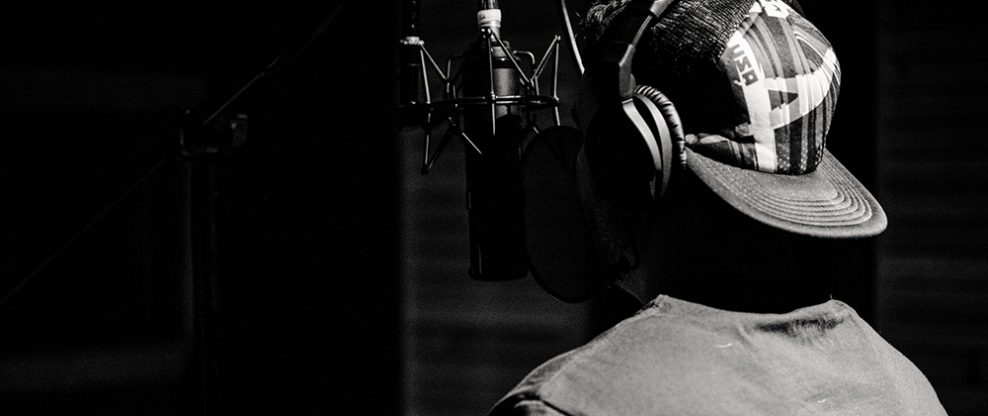(Hypebot) — A new MIDiA report shows Spotify passing Apple to become the most popular destination for podcast listening.
By Mark Mulligan of MIDiA and the Music Industry Blog
MIDiA just published its latest Podcast report, Podcasts Q2 2020: Spotify Takes an Early Lead. In it, we present data from MIDiA’s quarterly survey that presents a comprehensive view of podcast user behavior, who podcast listeners are, how it stacks up against radio and music streaming listening and which platforms listeners are going to for their podcasts. One of the key findings of the 3,000-word report is that Spotify is now firmly established as the most widely used podcast platform.

Spotify is now the leading destination platform for podcast users. In Q2 2020 42% of podcast listeners used Spotify, 10 points ahead of Apple in second place. This does not necessarily mean that it yet leads in terms of volume of listens, but it is the platform that the largest share of regular podcast listeners visit. Spotify was second in Q4 2019, so it is a rapid ascension for the streaming platform, leaving Apple trailing significantly. Google in third place may surprise some in the podcast sector, as it is renowned for being a small player.
However, MIDiA has tweaked the wording of the question repeatedly over the last nine months, making it absolutely clear what we are referring to, and the result is always the same. This suggests either a) a large number of people use the app but have much lower listening patterns than users of other platforms, or b) Android users are somehow less clear on what podcast apps they use than iOS users. We think the latter is unlikely.
Early adopter behaviour shapes the market
Varying levels of podcast usage among users is however very likely as we are at such an early stage of market development (just 14% of consumers listen to podcasts regularly). This means that podcasts are at the ‘critical mass’ phase of adoption, where usage starts to move from early adopters towards the mainstream. As a consequence, heavy-usage early adopters, which Spotify podcast users tend to be, have particularly heavy behaviour and skew the overall numbers. This illustrates the supreme importance of measuring audience behavior like MIDiA does, rather than relying solely on analytics – which are great for understanding volumes of listens, but less useful for understanding audiences.
This early adopter skew also means that the content that resonates well with podcast users now will not necessarily be the right content to pull in more mainstream audiences, nor is it likely to be the right content mix for a longer-term strategy.
Podcasts are still small scale for now, but have vast potential
Podcasts are still small scale and far outweighed by radio. In fact, overall audience penetration has not shifted much during the last six months, though volumes of podcast listens have increased. So, existing podcast users are listening to new podcasts, creating new ‘day parts’ in their lockdown behaviors.
Spotify’s podcast strategy is dominating thinking in the podcast space at the moment, and with good reason considering its heavy investment. However, with the ad market softening, and Spotify relying primarily on ads to monetise podcasts, it will be some time before it can recoup its investment. Nevertheless, Spotify is betting big. It sees the opportunity in competing for radio listening to be a much bigger move than music alone. It is betting that podcasts will take radio out of radio, just like Netflix took TV out of TV.
BBC Sounds represents a podcast blueprint for radio broadcasters
Spotify will not, however, find all radio companies bending to its will. In the UK, the BBC Sounds app illustrates how powerful a strongly integrated app and content strategy can be, with the app the second-most used podcast platform in the UK. Crucially, the vast majority of Sounds users that are also podcast users, use the app for podcasts. This contrast strongly with other broadcaster apps. For example, in the US, only a small minority of NPR’s app users that are podcasts listeners use the app for podcasts.
The experience of BBC Sounds illustrates that broadcasters can be a major force in the future of podcasts, but that they cannot rely solely on the strength of their content and programming. Without the tight technology integration that Spotify employs, broadcasters will find themselves looking more like NPR than they do the BBC.
If you are a radio broadcaster exploring how to innovate your audio and tech strategy to compete in this new marketplace, then get in touch with stephen@midiaresearch.com to see how MIDiA can help.





























